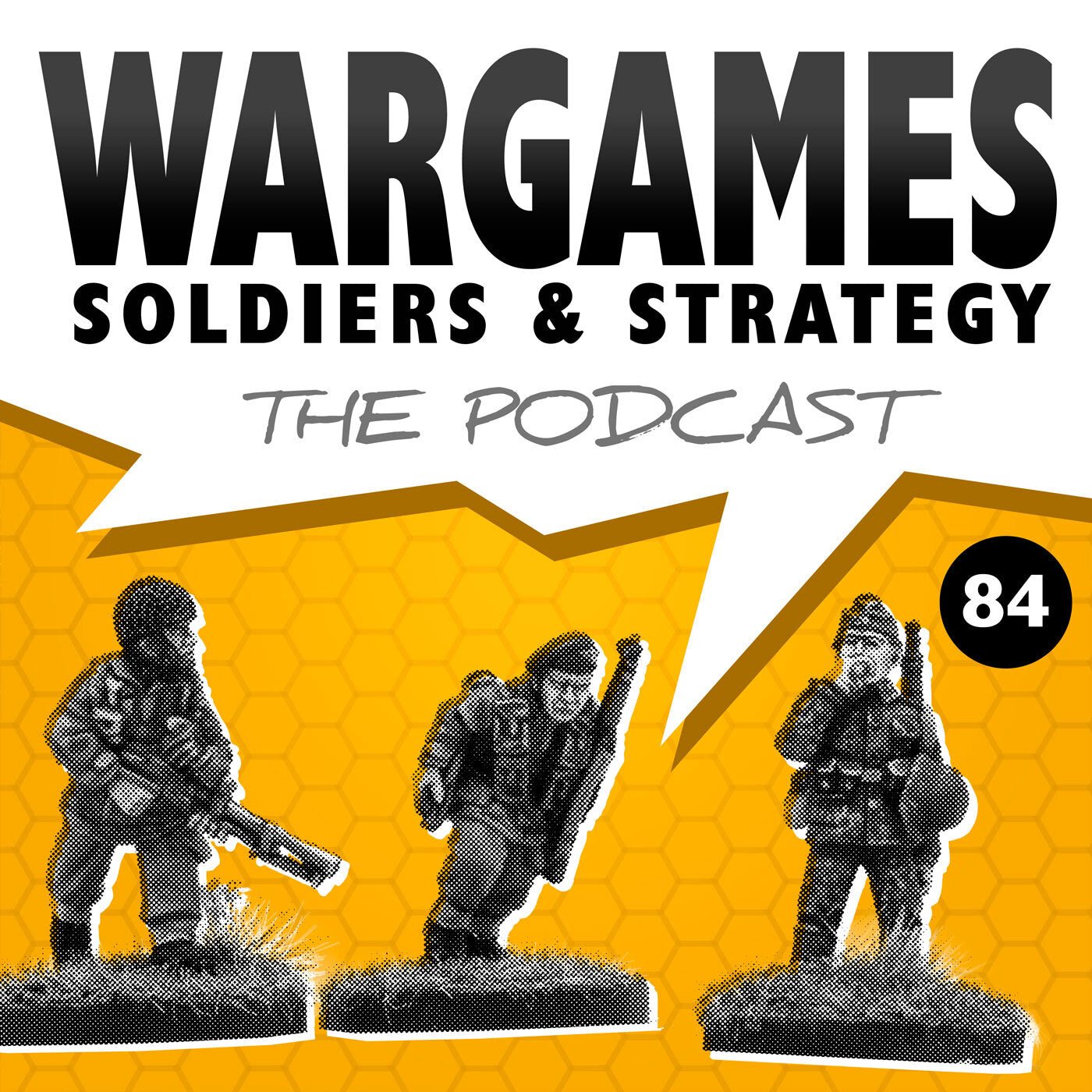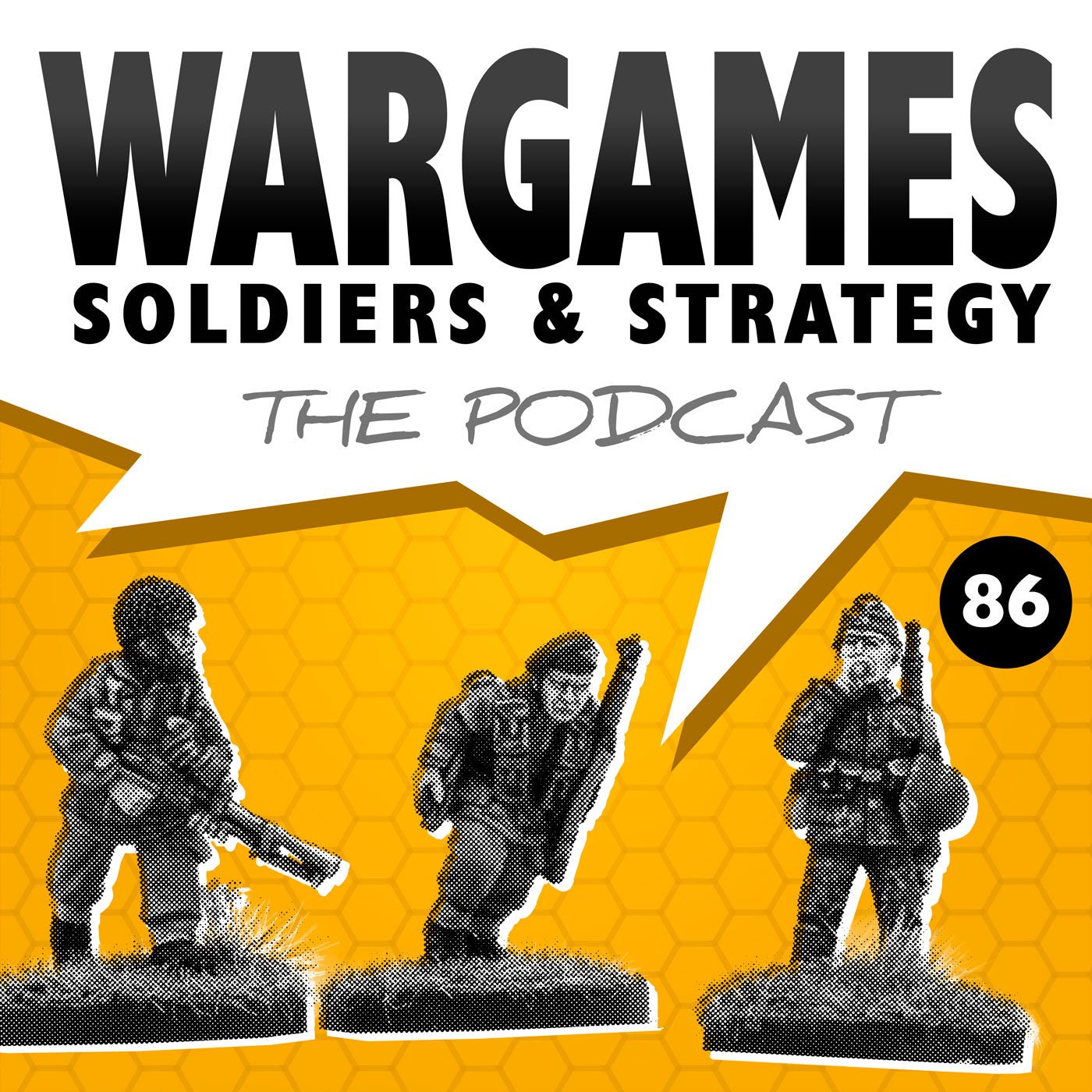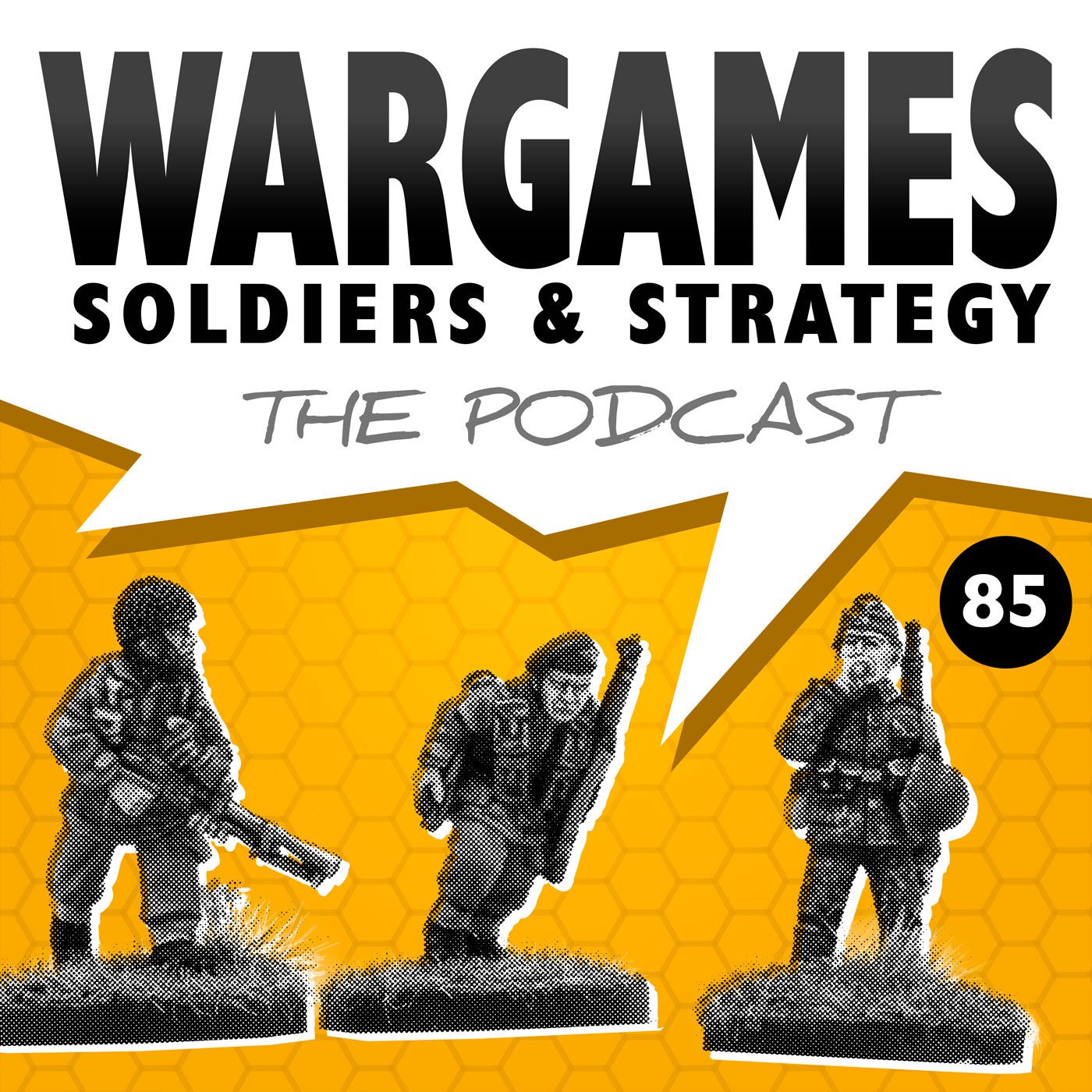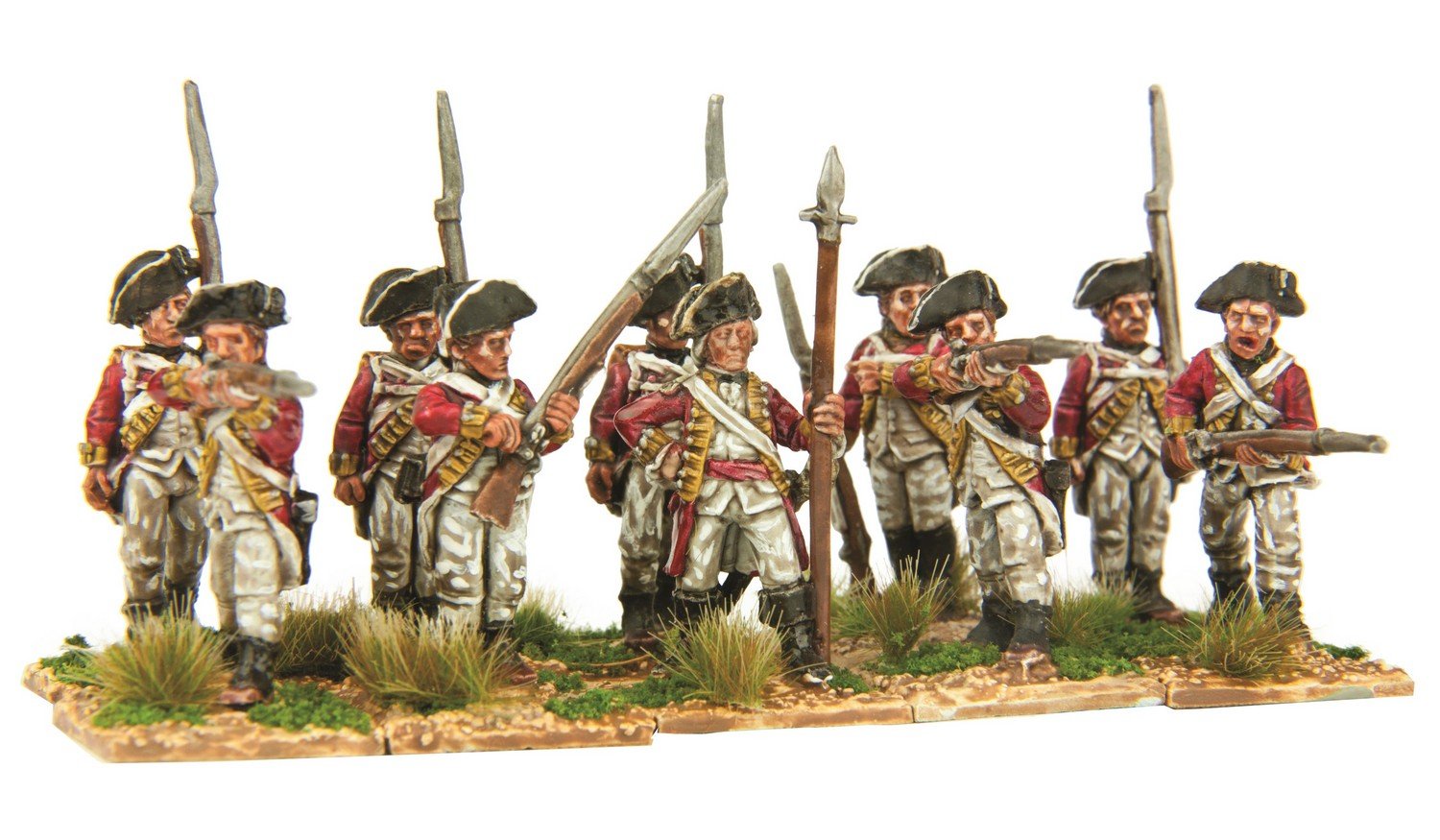French horse artillery (part 2)
As explained in my last blog entry, our local gaming group had a competition to paint an artillery gun. Now that I had my brave artillery crew painted, next I needed a gun for them to man and a base to mount both gun and crew.
I had taken the precaution of determining the base size before painting my models. I went for a 60mm square base, so that I could comfortably fit everything in, marking the final positions of the gun crew on the base. I played around with the arrangement of the artillery and toyed with the idea of having the crew separately based, but opted to have four crew and have them all ready in position. If we played a game which required individual casualties, I could always use markers.
The gun I had chosen for the project was the 6” howitzer. Such howitzers were a standard part of the average French gun battery (typically four to six 6lbr guns to two howitzers). I was tempted to try and do the gun limber and horses as well, but time got the better of me (perhaps this will be a future blog entry).
I started with the gun carriage, so I would need a suitable “French Artillery Green” colour. Firstly, I sprayed the carriage with PSC Tank Warspray British, which was pretty close to what I wanted (in fact a quick black wash and I would have been done!). However, I wanted to be as accurate as possible, so I took some advice from Tarleton’s Quarter and his advice on French artillery. His formula was for an olive green made up of equal parts of Vallejo Yellow Green (881), Dark Yellow (978) and Japan Uniform WW2 (923) with a touch of black. This worked well, adding a little white to the paint for highlights. I then painted the iron sections and wheel rims of the carriage with a suitable metal colour.
Next was the gun. For this, I painted the undercoated gun with brass (801). At this point, I could have used a simple black wash but instead I decided to experiment with powders. I used Vallejo Decal Fix with Humbrol Smoke weathering powder and covered the gun. When this had dried, I simply removed the excess with a slightly damp cotton bud. The overall effect was grainy, leaving the deeper recesses dark, just what I wanted. This technique was repeated on some of the iron parts of the gun carriage. Finally I used a dark earth weathering powder on the iron wheel rims, removing the excess after it had dried with a moist cotton bud.
Finally I assembled the model, gluing the crew to the base and adding a textured polyfilla to cover the surface.
In the meantime, my main Prussian opponent, James, got totally carried away and painted four Prussian artillery pieces! Hmm. I feel an arms race coming on. That’s OK: I have four more artillery pieces in the works and more to follow.




